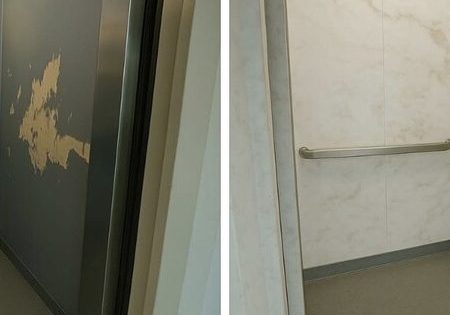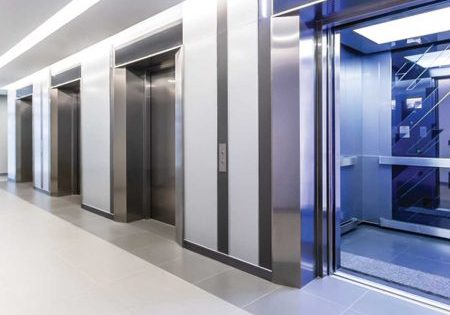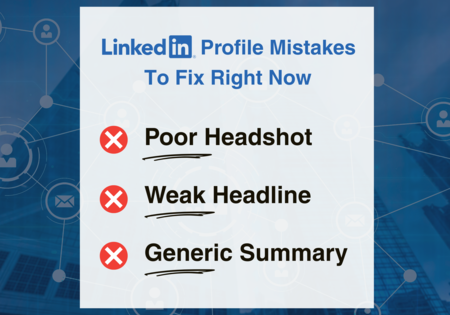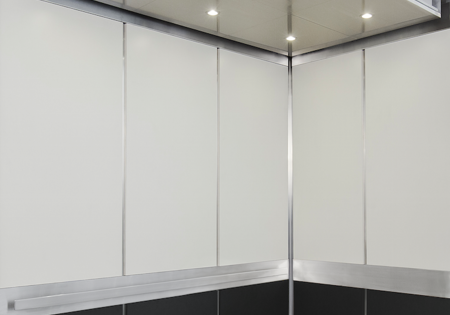Three human capital metrics to calculate before hiring staff
by Vong Keovongsa
It is a known fact that hiring employees is expensive for a business. Depending on the industry and how labor intensive the industry is, the cost of payroll can range from 10% to as high as 40% of a company’s operating expenses. Given the significant cost associated with hiring staff, it is essential for business owners to understand the components that drive the cost of hiring staff, as well as the importance of measuring the quality of hire. Besides calculating the cost of hires and measuring the quality of a hire (QoH), business leaders also need to be able to calculate how much revenue each employee is expected to generate.
This article will provide formulas for calculating the expected revenue per employee, the cost of a hire and how to create a QoH index score. Being able to calculate these three key human capital metrics will help business owners formulate a successful human capital strategy.
Human Capital, according to the Society for Human Resource Management (SHRM), refers to the value of an organization’s employees, encompassing their skills, knowledge, experience and abilities. SHRM also emphasizes the importance of viewing employees as an investment and calculating the return on investment (ROI) of human capital initiatives.
Before starting the hiring process, the first metric an organization should calculate is the expected revenue the employee will generate in their respective role. The revenue the new hire is expected to generate can be benchmarked against the existing base of employee revenue per employee calculation. The formula for calculating revenue per employee is to take the company’s annual revenue divided by the number of employees. To take this one step further, revenue per employee can be isolated to a specific group of employees to help guide the hiring decisions. For example, ABC Elevator Co. employs 20 service mechanics and the revenue generated by the service mechanics, equals US$5 million in revenue. The revenue per employee for ABC Elevator Co.’s service department would be US$250,000 per employee (US$5 million revenue divided by 20 service techs). If ABC Elevator Co. wanted to grow the service department’s revenue to US$8 million, they would need to hire 12 more service techs to support the revenue growth target. Once the quantity of hires is determined, the next step is to measure the quality of hire.
To measure the QoH, start by clearly identifying the performance indicators. The QoH index refers to the value a new employee brings to the organization. The specific indicator to be measured can be determined by the organization. However, the three most common metrics organizations use are job performance, retention and hiring manager’s level of satisfaction. The formula for calculating the QoH index is QoH = (Indicator 1 % + … + Indicator N %) divided by N. For example, after the first 90 days of employment, ABC Elevator Co. evaluates each new hire based on three metrics: the employee’s performance on the job, how long the employee remained with the company and the hiring manager’s level of satisfaction with the new hire. If the new hire scored an 80 for job performance, remained on the job for 90 days and the hiring manager’s satisfaction level rating was 95, then the average QoH index score for the new hire would be 88 (80+90+95)/3. By measuring the QoH, organizations can measure the value each new hire brings to their organization.
The third metric organizations need to measure is the cost of hire. The cost of hire metric measures the costs associated with the process of hiring new employees. A SHRM-led survey in 2022, reported the average cost per hire was US$4,700. Keep in mind, this study only calculated the average cost for hard expenses like job postings and resumé reviews. The actual cost of hire can be 4x the cost when adding up the hiring manager’s time spent on the hiring process from start to finish. The formula for calculating the cost per hire is: cost per hire = (internal recruiting costs + external recruiting costs) divided by the total number of hires. Internal recruiting costs are items such as hiring manager’s salary, administrative time processing documents and training and development expenses. External costs may include costs for background and screening, sourcing technology, sign-on bonuses, relocation and job fairs.
For example, ABC Elevator Co. spent a total of US$8,000 on internal costs and another US$5,000 on external costs to hire two elevator mechanics. The cost per hire for each candidate would be $6,500 ($13,000/2). Tracking cost per hire data helps organizations understand what financial resources will be required to hire in the next period. Furthermore, it helps provide a clear indication of how the recruiting activities are contributing to the bottom line of the business.
The competition for talent will only continue to get tougher, especially when the demand is for highly skilled, licensed elevator mechanics and professionals in the vertical-transportation industry. Before initiating any hiring activity, it is essential to calculate the expected revenue the employee will contribute to the business, the QoH and, lastly, how much it is costing the business to hire employees. Without these key human capital metrics in place, you may find that you are spending money to fill vacant positions, without making a positive impact on your company’s bottom line.
Get more of Elevator World. Sign up for our free e-newsletter.










